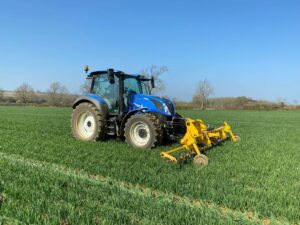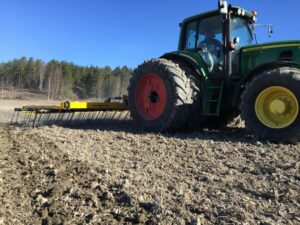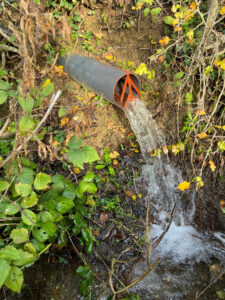Top tips for top crops in the coming months
5th December 2022
As the end of the year approaches, it’s time to take a look at crops and field conditions and create a plan of action for next year.
Problems with weeds?
Now is a good time to assess the weed situation in growing crops. If you have problematic weeds, and need another weapon in your armoury besides herbicides, hoes can be a very effective mechanical method of reducing the weed burden.
The Claydon TerraBlade inter-row hoe slices underneath the crown of weeds growing between the seeded rows. Removing weeds reduces competition for nutrients, mineralises nitrogen and allows light and air into the rows – all of which promote a burst of crop growth.
The best time for TerraBlading is in the autumn and spring when conditions are dry enough for blades to comfortably penetrate the soil beneath the weeds and slice them off without moisture to encourage regrowth. TerraBlade in autumn if the crop is sufficiently developed and continue in spring up to the stage where the crop might be compromised by further passes.
The TerraBlade is available in widths of 3m to 8m with a choice of 125, 150, 175 and 200mm blades to suit different strip till drill row spacings.
How accurate is the TerraBlade? View it in action here.
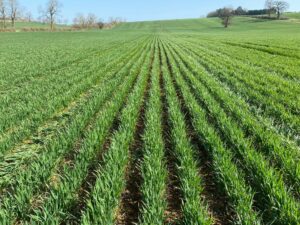
. . . and the results. Weeds are removed, reducing competition for nutrients and encouraging crop growth.
Warming soils and preparing seedbeds
The Claydon Straw Harrow can be used in spring to warm soil, spread straw and prepare ground for seeding.
Generating tilth to germinate weeds and volunteers is another job for the Straw Harrow, reducing competition for nutrients. It also helps create a uniform crop establishment by spreading chaff and straw evenly across the field and dealing with any thick layers of poorly chopped and spread straw from the combine. Solid build and design allows it to withstand high operating speeds and turning on the headlands, thereby covering a huge amount of ground in a working day.
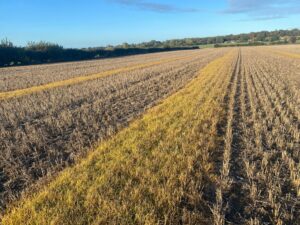
The Claydon Straw harrow helps prevent poor establishment caused by poorly chopped and unevenly spread straw.
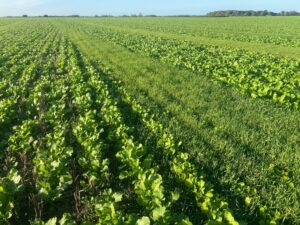
How well is your land draining?
Drainage has a huge effect on yield and attention should be paid to maintenance and care of old schemes with consideration to new installation if this cannot be avoided. Ditch outlets should be checked and unblocked if they are covered by sediment to prevent systems backing up.
Different crop establishment systems also have different effects on soil structure and its ability to drain. By only moving soil in the rooting and seeding zone, Claydon drilling leaves the natural structure of the soil in good shape. Whilst the majority of the soil is left undisturbed, any shallow compaction is broken up by the Claydon leading tine which reinstates the water and air balance into the soil providing good drainage so water can get away from the rooting zone. This eliminates ponding through the later autumn and winter period. As worm numbers increase then aeration and drainage improve allowing the soil naturally to cope with high precipitation.
To learn more about our machinery range please contact your local Claydon dealer.

